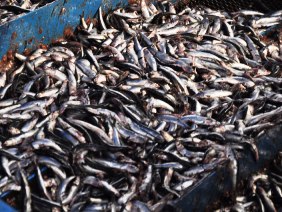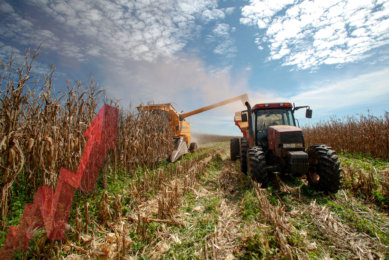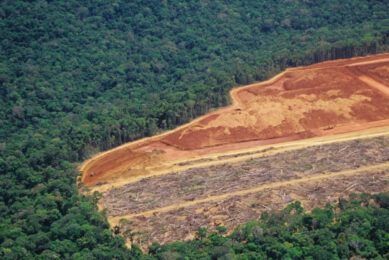Earthquake pushes fishmeal prices to all-time high

The earthquake in Chile earlier this year destroyed Chilean processing plants tightening world supply of fishmeal and causing world market prices to hit an all-time high.
Chile is the world’s second biggest exporter of fishmeal. Nature, through the El Niño weather phenomenon, also hits fish catches in Peru, the world’s biggest fishmeal exporter, and further tightens global supply of the raw material.
The skyrocketing prices will likely affect fish and meat prices as the commodity is used as a feed raw material in aquafeed and feed for pigs and poultry.
On the animal production side demand is surging because of the fast growth of global aquaculture production due to rapid expansion of this industry in China.
Fishmeal prices rose to a record $1,937 a tonne last week, up 85% in the past year, because of strong demand coupled with supply disruptions. Prices in Rotterdam, The Netherlands were as low as $1,000 per tonne after the economic crisis of 2008.
The industry is now watching catches in Peru, the world’s top fishmeal exporter, due to concerns about the impact of El Niño. Normally the deep, cold water Humboldt current off Peru’s Pacific coast creates nutrient-rich waters that are ideal for anchovies, but an El Niño brings warm waters, reducing fish stocks.
Because the fishmeal industry’s main production centre is Latin America, far from Chinese and European consumption centres, fishmeal is one of the world’s most internationally traded commodities.
The International Fishmeal and Fish Oil Association, the trade body, estimates that each tonne of fishmeal travels an average of 5,000 kilometres to reach its end-user in the aquaculture industry.












